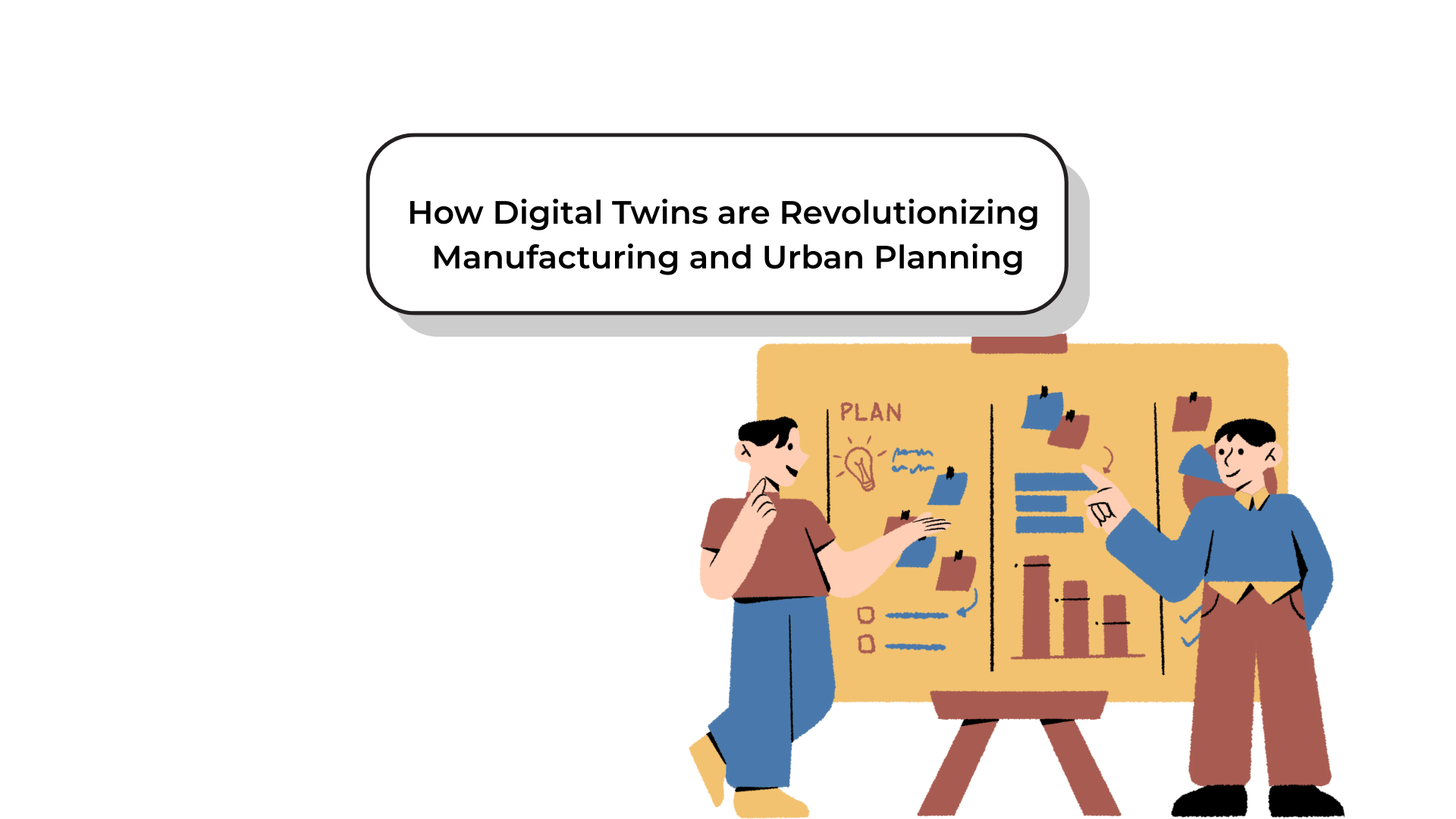Digital Twins are emerging as a game-changing innovation in the rapidly evolving world of technology. These virtual replicas of physical assets or systems allow industries to simulate, analyze, and optimize real-world processes in real-time. While digital twins initially found their footing in manufacturing, they are also making waves in urban planning.
What Are Digital Twins?
A digital twin is a virtual model of a physical object, process, or system. It is updated in real-time using data from sensors and IoT devices, allowing users to monitor, simulate, and test changes before applying them in the real world. Think of it as a digital mirror that reflects how a product or city functions.
In Manufacturing: Efficiency and Precision
Digital twins are transforming manufacturing by offering:
- Predictive Maintenance: Manufacturers can proactively foresee equipment failures and schedule maintenance, reducing downtime and costs.
- Process Optimization: By simulating production lines, factories can virtually identify bottlenecks and test improvements.
- Product Innovation: New product designs can be tested digitally, speeding up prototyping and reducing material waste.
- Sustainability Monitoring: Energy usage, waste production, and emissions can be tracked and improved upon using data-driven simulations.
Example: A car manufacturer might use a digital twin to simulate how a new engine design performs under various conditions long before it’s physically built.
In Urban Planning: Smarter, Greener Cities
Cities are adopting digital twins to plan, monitor, and manage infrastructure more intelligently:
- Infrastructure Simulation: City planners can simulate traffic flow, power grids, or public transport systems to identify inefficiencies.
- Disaster Preparedness: Models can simulate the impact of natural disasters like floods or earthquakes, helping cities prepare emergency responses.
- Environmental Monitoring: Air quality, noise levels, and water usage can be monitored and managed in real-time.
- Innovative Building Design: Architects and engineers can test how buildings interact with their environment before construction begins.
Example: Singapore has built a complete digital twin of the city to optimize transport systems, energy use, and future urban development.
The Future of Digital Twins
Digital twins will become more detailed and widespread as computing power and sensor technologies improve. They hold the key to sustainable development, resilient infrastructure, and intelligent manufacturing.
Digital twins are not just a digital trend. They are the foundation of the next industrial and urban revolution.

